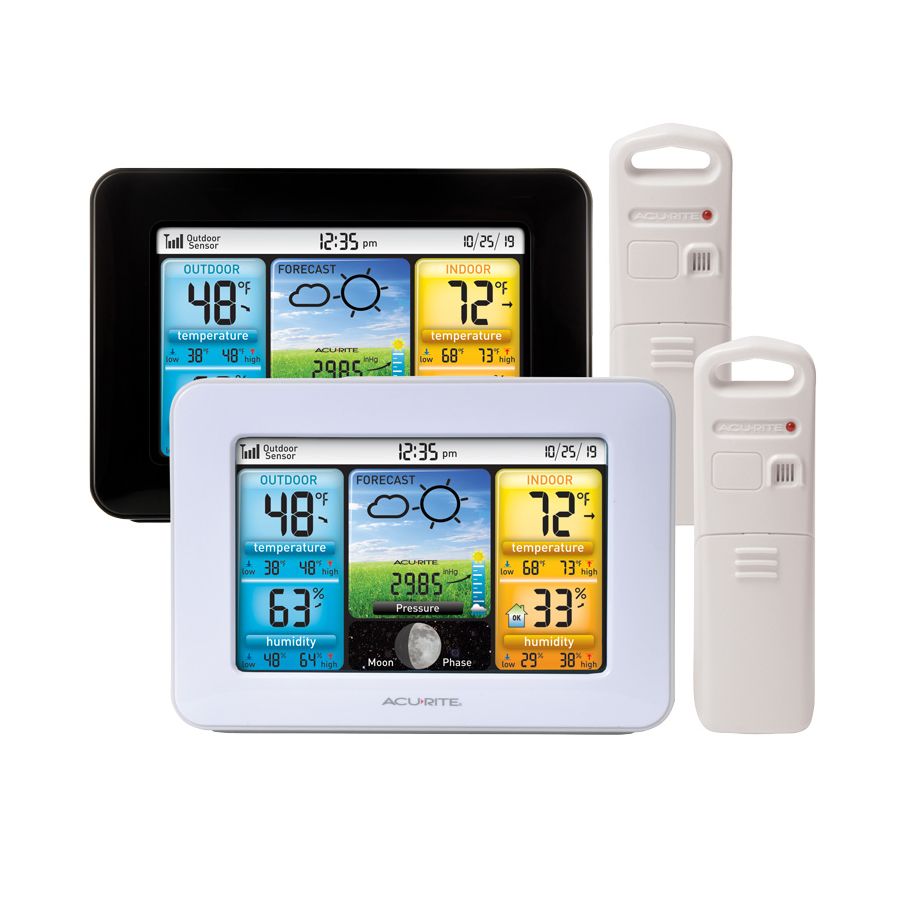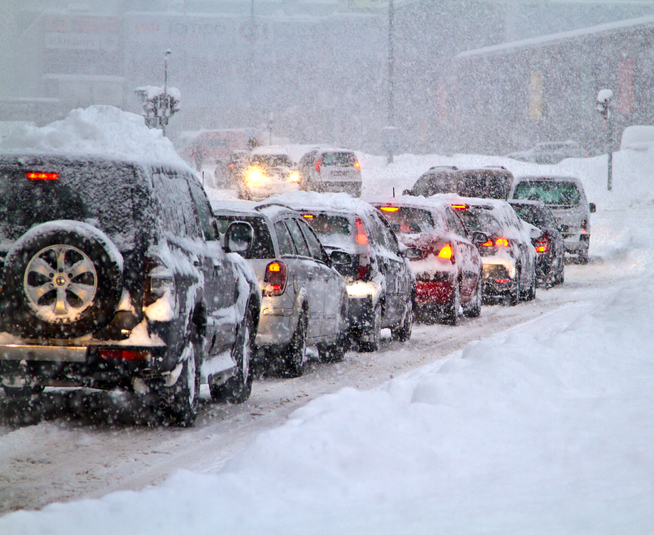Understanding OSHA Cold and Warm Weather Workplace Guidelines
Does your workplace follow Occupational Safety and Health Administration weather guidelines? Don’t wait for bad weather to find out.
Whether an outdoor site, indoor office, factory, or retail space, extreme cold or heat can upend a workday. But failure to adhere to OSHA temperature guidelines about inclement weather can upend your entire business and put your employees in discomfort or even danger. When it comes to the weather, the best strategy for OSHA compliance is to stay prepared and keep a close eye on the forecast.
Here’s how AcuRite weather technology will ensure that your workplace keeps your team satisfied and safe in any temperature, no matter what Mother Nature may bring.
Know the Rules
OSHA creates standards for regulating numerous workplace conditions, and weather rules are no different. While certain OSHA weather guidelines, like those around lightning and wind, are spelled out in great detail, there are no explicit, unified OSHA temperature regulations.
To maintain OSHA compliance, business owners and managers must familiarize themselves with a set of recommendations and guidelines around indoor workspaces, extreme heat, cold and outdoor hazards, as well as OSHA rules for inclement weather.
Indoor Workplace
Generally speaking, OSHA recommends keeping indoor workplace temperatures between 68 °F and 75 °F (20 °C and 24 °C). The AcuRite Temperature and Humidity Station uses indoor and outdoor sensors to monitor different areas of your space, automatically alerts you when temperatures get too high, and even measures humidity levels — another environmental condition that can lead to heat-related illnesses.
Heat
Whether your workplace is an outdoor site or indoor office, factory, or merchant, OSHA compliance requires strict adherence to regulations around extreme heat conditions. That’s because heat exposure is a serious health condition that sickens thousands each year and can even be fatal.
More alarmingly, between 50% and 70% of heat-related illnesses occur in the first few days of working in a warm or hot environment, especially when compounded by heavy physical activity, improper clothing, or employee preexisting conditions.
Beat the Heat- Heat acclimatization, or letting your body get used to warmer temperatures slowly, can help prevent heat exposure illnesses for construction workers or restaurant employees spending hours around hot ovens.
- For outdoor workplaces, the AcuRite Atlas™ Weather Station with AcuRite Access™ for remote monitoring combines highly accurate heat and humidity measurements with a UV and light Intensity monitor and lightning detection sensor. The Atlas is perfect for job site managers to keep crews safe and healthy on hot, humid days.
Cold
When it comes to the cold, OSHA temperature regulations are about more than just mercury levels. Winter weather conditions can be dangerous for employees at the office, working outside, traveling to meetings, or commuting from home. At the most basic level, the greatest concern in frigid weather is cold stress, or prolonged exposure to cold temperatures.
When combined with high wind chill, precipitation, wet conditions, and damp clothing, cold stress can cause serious issues like hypothermia or even frostbite — and increase the risk of traumatic injury during intense physical activities like clearing or shoveling snow.
Weather the Cold- The AcuRite Iris™ (5-In-1) Weather Station is the perfect multipronged solution to help combat the cold. This monitors wind speed and direction, forecasts precipitation, and sends real-time updates to your mobile device.
- If temperatures drop and gusts pick up to create a dangerous wind chill situation, you can make sure employees working outdoors take frequent indoor breaks to help dry out damp clothes and warm up internal temperatures.
Moreover, real-time future forecasting can help your team avoid and prepare for another serious safety hazard: extreme weather.
Extreme Weather
OSHA rules for inclement weather are primarily focused on lightning strikes and high winds, which can wreak havoc with construction sites, cranes, and scaffolding. OSHA advises that nonemergency work cease immediately in the event of extreme wind and lightning — and the AcuRite Atlas and AcuRite Iris (5-in-1) weather stations with lightning detection will alert you to high-speed winds or nearby lightning strikes so you can keep employees safe.
For both indoor and outdoor businesses, sometimes the most hazardous part of inclement weather is not at the workplace but on the roads.
Prepare for Extreme Weather- OSHA advises all employers to encourage safe driving practices among employees, and in both warm and cold weather, AcuRite devices can help you predict inclement weather like thunderstorms or blizzards.
- Alert your team to prepare for conditions before they arrive at the office or use real-time weather updates to monitor incoming storms and send employees home to avoid unsafe driving.
Safe and Sound
While OSHA does provide plenty of weather safety regulations and strategies, much of the burden of keeping employees safe ultimately falls on employers. The best way to make informed decisions is with accurate information, and AcuRite can equip you with everything you need to keep your workplace OSHA-compliant and make critical judgment calls during complex, evolving weather situations. To keep a close eye on your workplace, let AcuRite keep an even closer eye on the weather.








